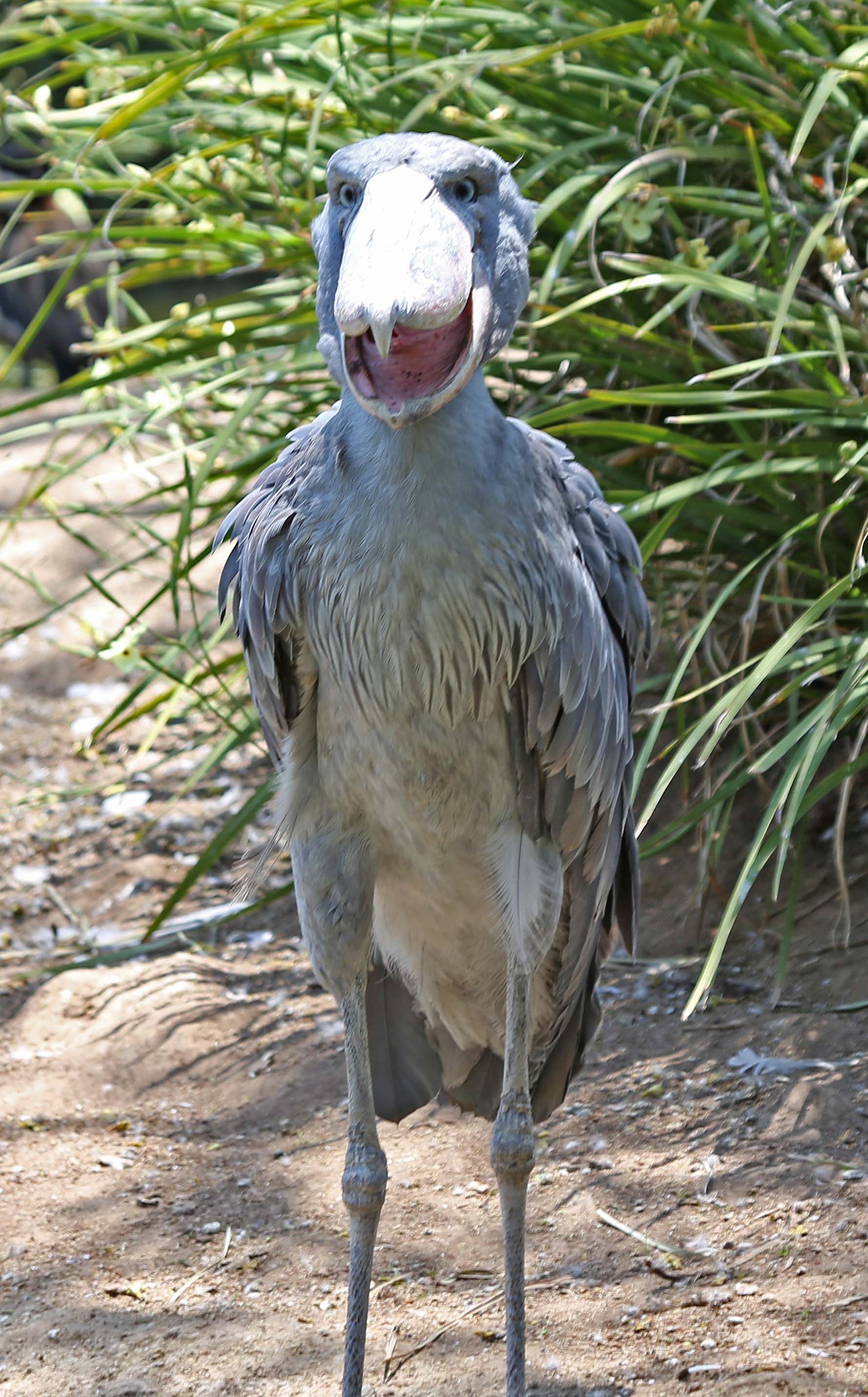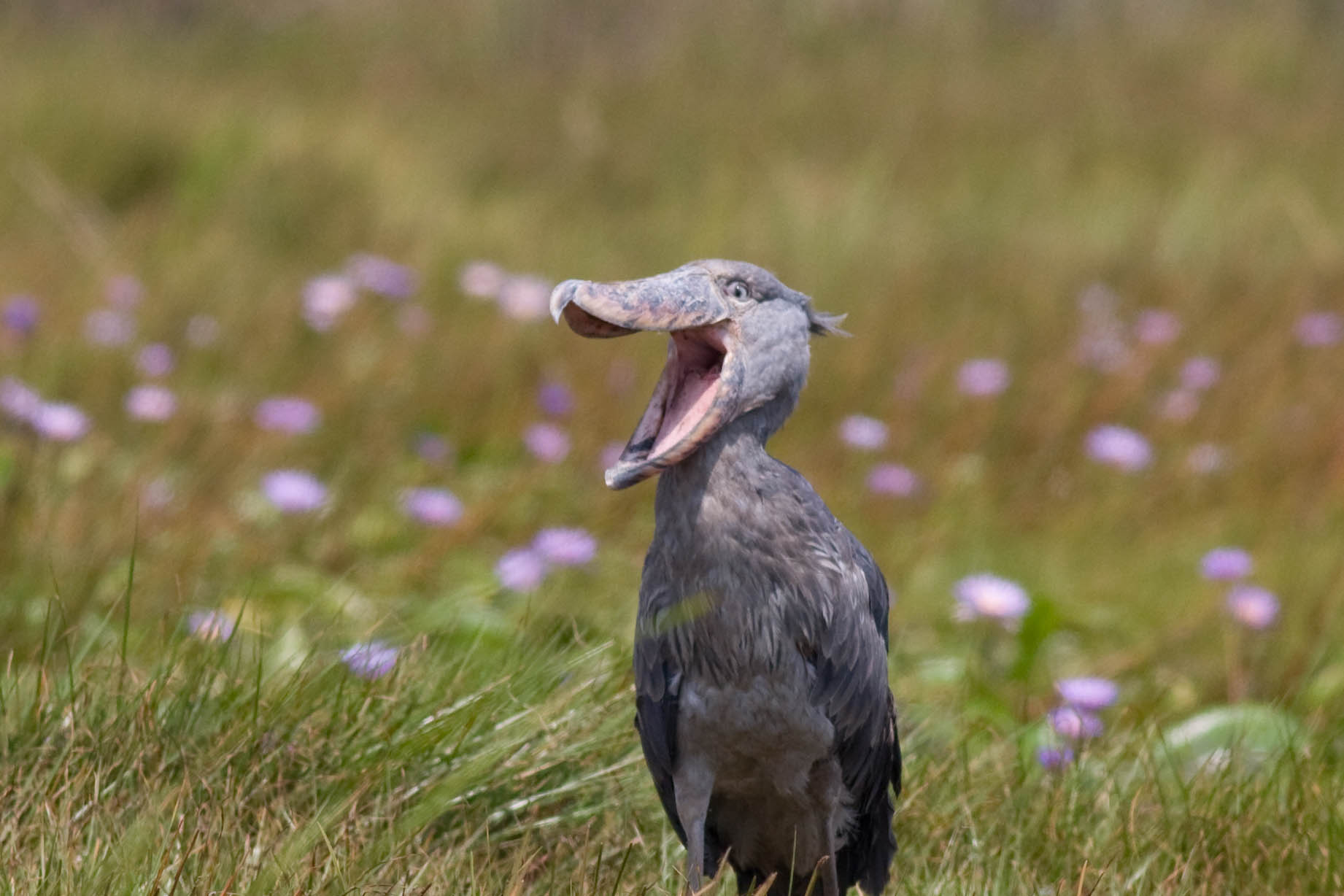

A few weeks too early / late and a few kilometres off course and you could miss the greatest show on Earth. Travel in Africa is about knowing when and where to go, and with whom.
Shoebill size download#
Download our APP (mobile phone & desktop) to receive travel discounts, comment on our stories, make safe donations and network with others like you.

Shoebill size how to#
HOW TO GET THE MOST OUT OF AFRICA GEOGRAPHIC: To comment on this story: To protect you against trolls & misinformation, we only permit comments in our app. Read this story about an orphaned chick that was hand-raised: Seymour the Shoebill © Gerhard Pretorius Both the chicks and the adults engage in bill-clattering during the nesting season as a means of communication. While attending the nest, adults perform bill-clattering displays, accompanied sometimes by a whiney-mewing muttering that often elicits a ‘hiccupping’ gurgle from their chicks as they beg in anticipation for food. Shoebills will usually have two chicks, but only the one who proves to be the strongest survives – the other is left to die. While they may look stork-like, taxonomically speaking they share more traits with the Pelecaniformes (herons and pelicans), and molecular studies have found the hamerkop to be the closest relative of the shoebill.ħ. © Kevin BartlettĦ. Shoebills have a little bit of an identity crisis. Shoebills have specially adapted long toes (up to 18cm heel to toe) with no webbing which helps them to balance on the swampy vegetation while stalking prey. They also have a nictitating membrane – a translucent layer that protects their eyes – which is used when hunting and preening. Other fascinating techniques to cool down involve defecating on their legs (as storks do too), or gular fluttering – the same as dog panting.ĥ. A lungfish © Flickr/ Joel AbroadĤ. Their large bill comes in very handy to carry large ‘gulps’ of fresh water back to the nest in order to douse eggs or chicks when the sweltering heat of the swamps drives temperatures beyond normality. Then, whilst keeping its head aloft from the water, it will slide its bill sideways so as to severe its prey, while the water and vegetation snatched up in the strike spills out from the edges of the bill. Head first, gape open, and wings spread, it smashes through the vegetation in the hopes of coming up with a fish. Like a geological fault accumulating kinetic energy, this blue monolith will bolt downwards when triggered loose by the rippling of an incoming fish.

Shoebills use their bills to strike their prey, known as a “collapse”, and its the antitheses of its patient stalking technique. Granted, shoebills don’t fly very far or very often, but flying is no mean feat considering they can grow up to 1.5m tall and weigh up to 7kg!Ģ. Shoebills eat fish that look almost as prehistoric as they do! Although shoebills have been known to gulp down other birds, baby crocodiles, frogs, terrapins, water snakes and even small mammals, the lungfish is their staple diet.ģ. Their distinguishing feature is the enormous shoe-shaped bill, measuring an incredible 20-24 centimetres in length and 10-12 centimetres in width, with a razor-sharp, curved hook at the end. They may be big, but they can fly if they want to. Here are seven reasons to love this big bird:ġ. Despite his prehistoric appearance and the craziness that is his proportions, the shoebill stork is actually quite endearing if you bother to dig a little deeper. He has massive feet, an enormous beak and is very, very tall for a bird. His dimensions too are something of an eye-opener. In profile, one can see the array of dishevelled tufts of feathers that shoot out at all angles from his crown. From almost any other angle though, he’s a total hoot. The King Whale-Head (the English translation of Balaeniceps rex) appears from the front like an old university professor, big-nosed, peering over his spectacles. Found in the marshes of East Africa, the shoebill is classified as vulnerable and is a bucket-list sighting for any avid birder. The shoebill ( Balaeniceps rex ) looks like it belongs in the prehistoric age. © Usha Harish – Photographer of the Year 2018 entrant


 0 kommentar(er)
0 kommentar(er)
